
Haunted houses are, of course, an entertainment-industry staple. Ghosts, ghouls, pirates (why pirates?) and other assorted creatures pop out from closets, hang from ceilings, gibber and moan behind walls. It’s all very creepy, loads of fun and, more often than not, one hears as much laughter as screaming from the customers who paid good money for the privilege of being spooked.
Occasionally, though, a show that’s meant to be scary and shocking really is scary and shocking. Sometimes, when the lights go down, some seriously twisted shenanigans play out on stage.
A perfect case in point: the legendary Théâtre du Grand Guignol in Paris’ Quartier Pigalle (nicknamed “Pig Alley” by carousing Allied soldiers in World War II). Not a haunted house, per se, but a serious theatrical enterprise that put on gruesome, faux-blood-splattered shows year-round for decades, the Grand Guignol featured staged killings, mutilations and scenes of torture so realistic that audience members often fled the theater in terror—when they weren’t transfixed by the grisly scenarios enacted mere feet from their seats.
(At left: Derek Dundas and his actress wife, Eva Berkson, proprietors of the Grand Guignol Theater in 1947.)
But it turns out that even the goriest, most twisted imaginings of the famed theater’s writers and its troupe members could not compete with the real-life horrors unleashed during World War II. Audiences dwindled in the post-war years, and the Grand Guignol closed for good in 1962.
“We could never equal Buchenwald,” the Grand Guignol’s final director, Charles Nonon, told TIME magazine that year. “Before the war, everyone felt that what was happening onstage was impossible. Now we know that these things, and worse, are possible in reality.”
For its part, TIME indulged in a bit of Grand Guignol-esque verbiage when reporting on the theater’s demise:
Just off the Rue Pigalle in Paris . . . a tiny, 290-seat theater has just folded after 65 bloodcurdling years. It is the Grand Guignol. Although its name had percolated down to the bedrock of dramatic criticism in half a dozen languages, most people thought the theater itself had vanished long since. Now they are right. The last clotted eyeball has plopped onto the stage. The last entrail has been pulled like an earthworm from a conscious victim. The Grand Guignol is closed forever.
Here, LIFE.com recalls the once-notorious Parisian theater with a series of photos that, a full seven decades after they were made, still feel remarkably graphic and brutal today.
Ain’t it grand?
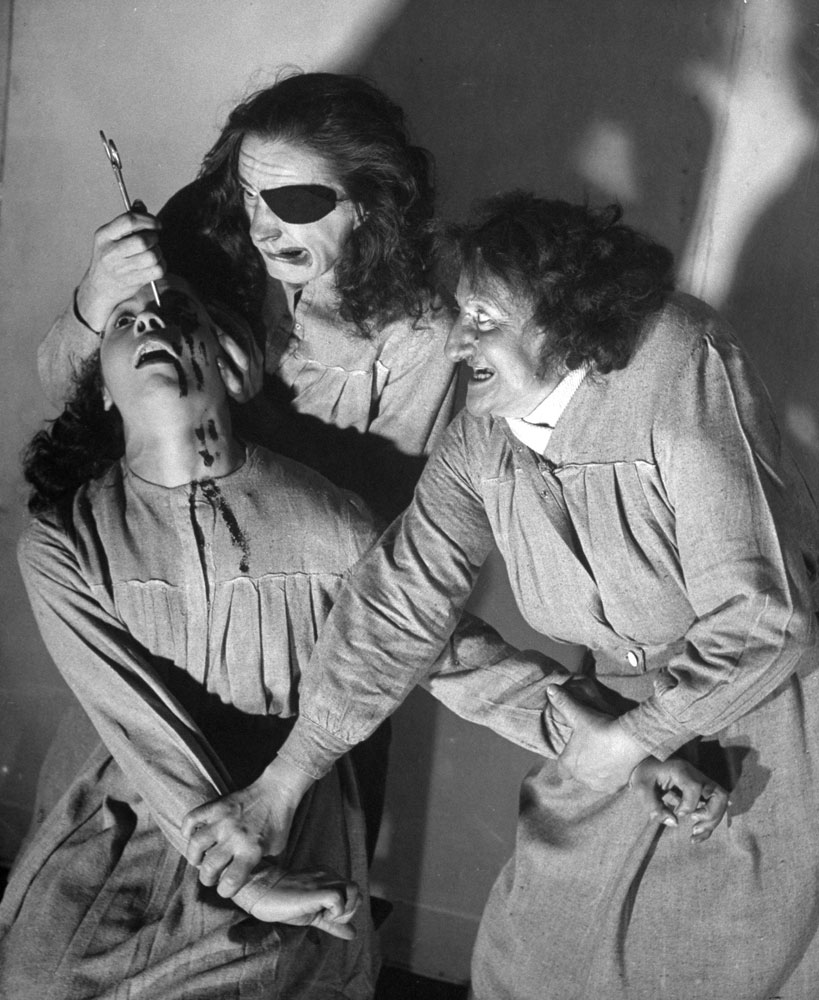

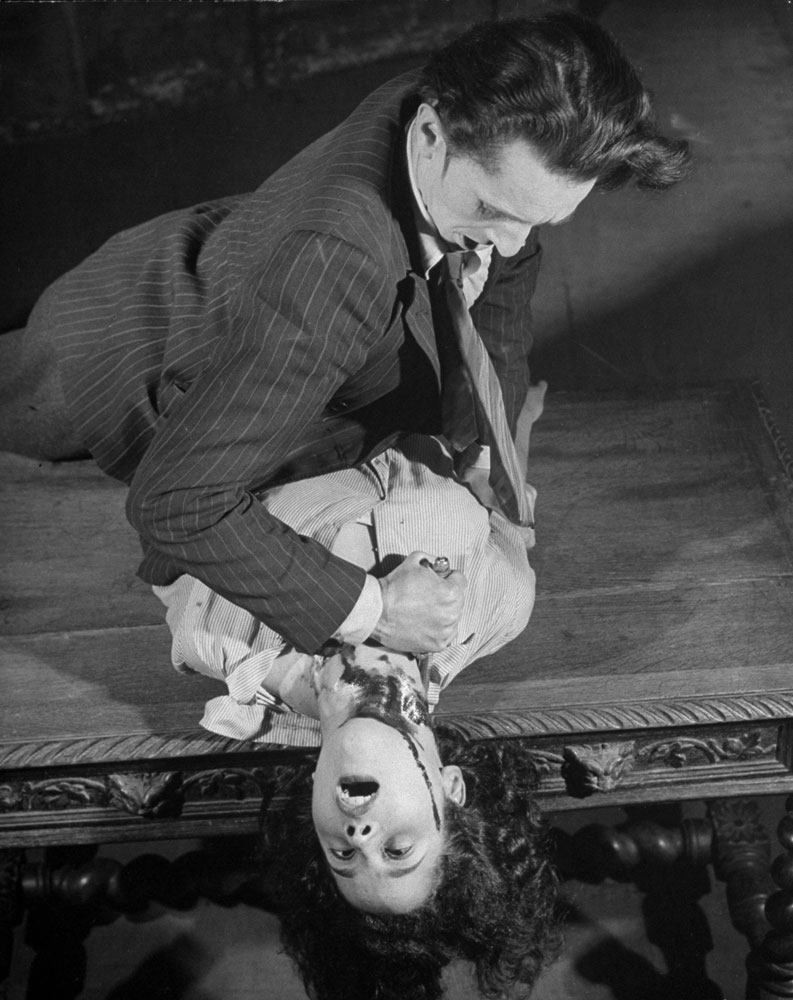

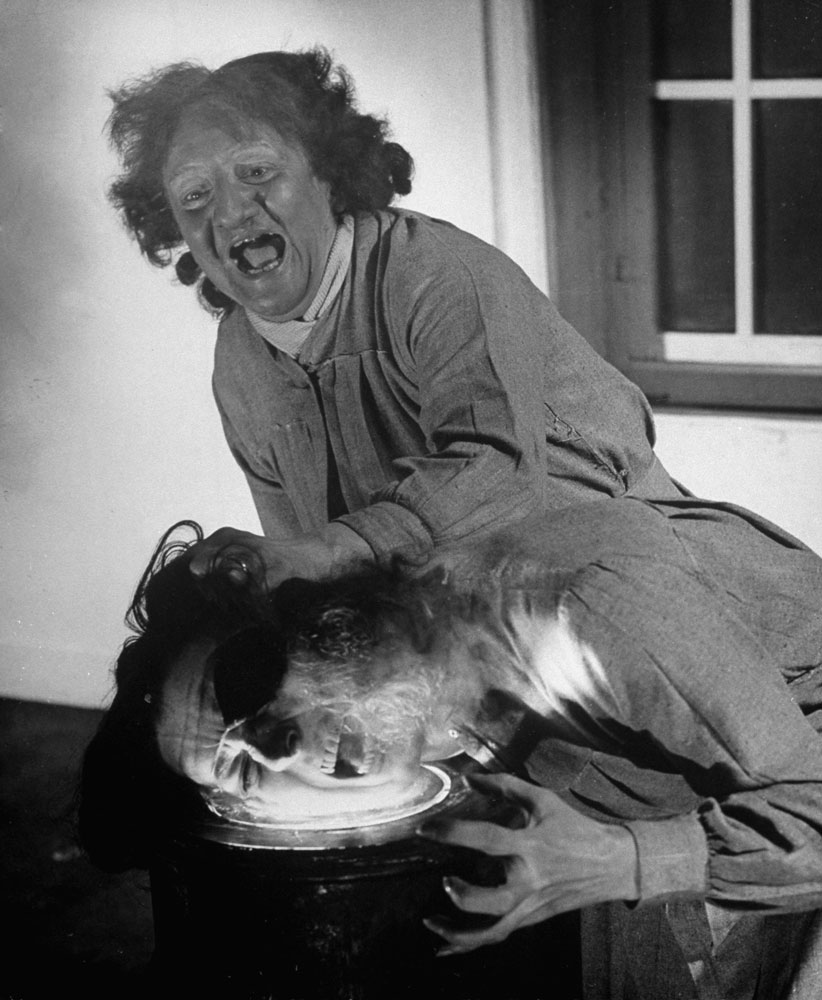
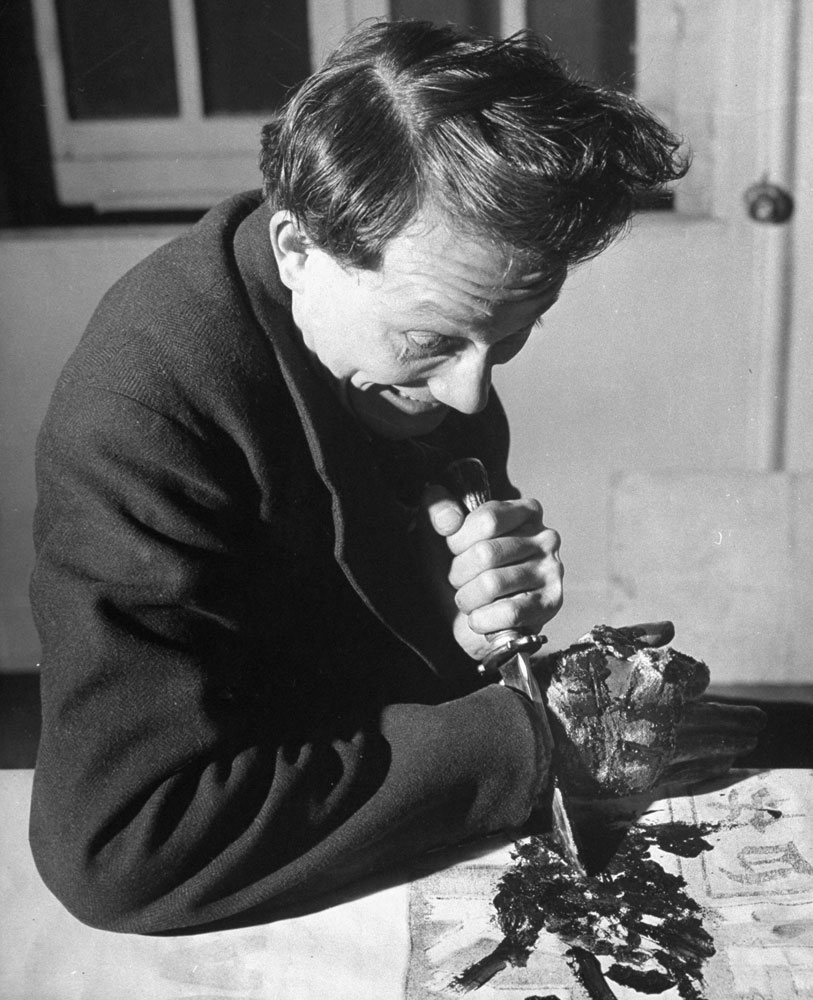



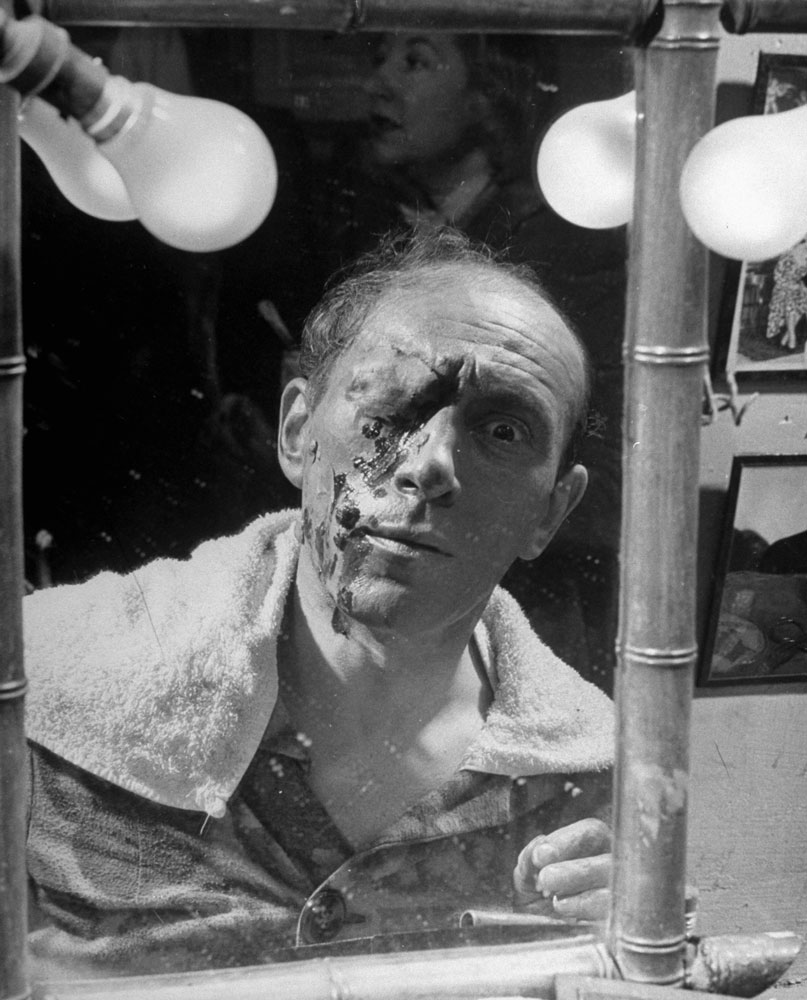




More Must-Reads from TIME
- Donald Trump Is TIME's 2024 Person of the Year
- Why We Chose Trump as Person of the Year
- Is Intermittent Fasting Good or Bad for You?
- The 100 Must-Read Books of 2024
- The 20 Best Christmas TV Episodes
- Column: If Optimism Feels Ridiculous Now, Try Hope
- The Future of Climate Action Is Trade Policy
- Merle Bombardieri Is Helping People Make the Baby Decision
Contact us at letters@time.com